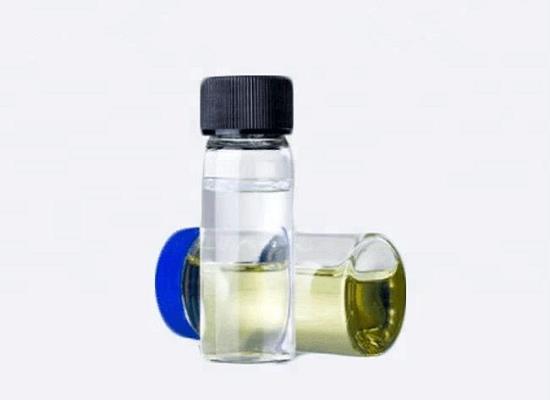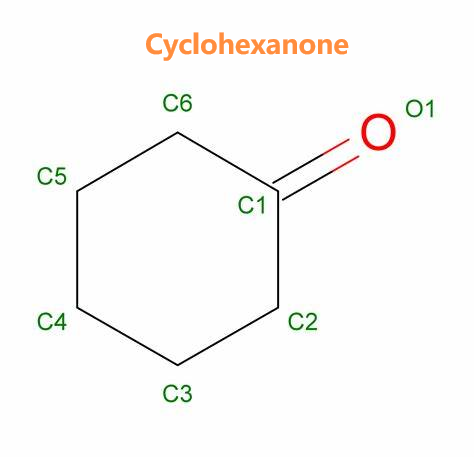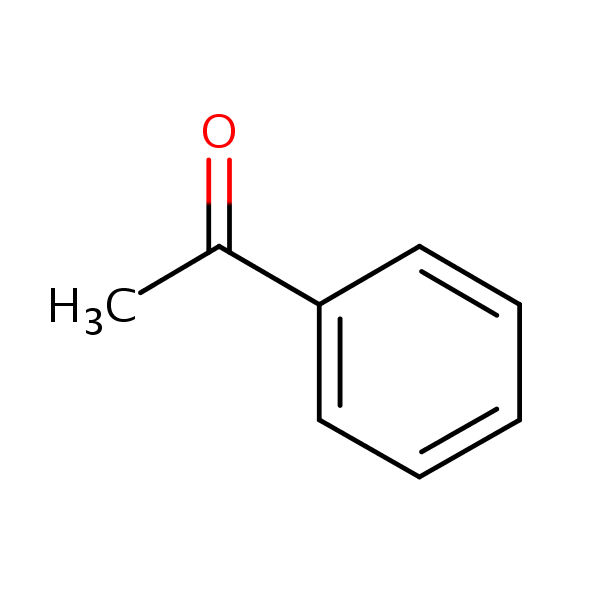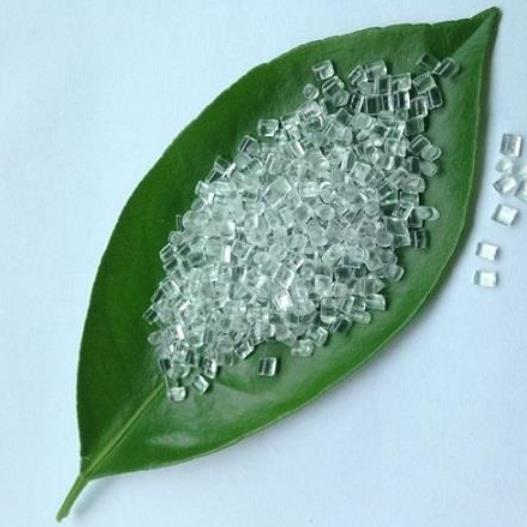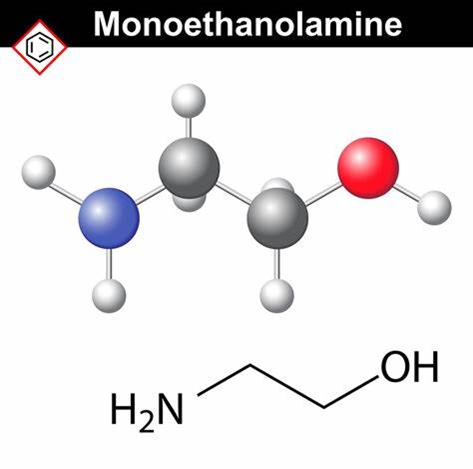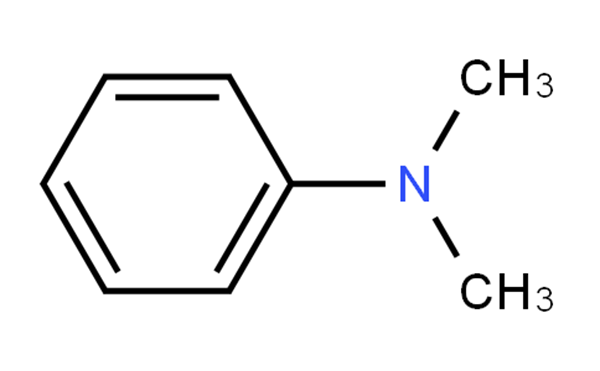Active Pharmaceutical Ingredients (API), popularly speaking, are the raw materials of medicines, only pharmaceutical raw materials are processed into pharmaceutical preparations , can they become medicines available for clinical use, so drugs we usually eat are the finished drugs through processing. Active Pharmaceutical Ingredients based on its sources can be divided into two major categories ,including chemical synthetic drugs and natural chemical drugs. Chemical synthetic drugs can be divided into organic synthetic drugs and inorganic synthetic drugs. Inorganic synthetic drugs are inorganic compounds ( very few is element), such as aluminum hydroxide, magnesium trisilicate which are used for the treatment of gastric and duodenal ulcers ; organic synthetic drugs are mainly composed of drugs made by basic organic chemical raw materials, through a series of organic chemical reactions (such as aspirin, chloramphenicol, caffeine, etc.). Natural chemical drugs ,based on its sources,can be divided into two categories including biochemical drugs and plant chemical drugs. Antibiotics are generally made by the microbial fermentation, which belongs to the biochemistry category. A variety of semi-synthetic antibiotics occurs in recent years,which are biosynthesis and chemical synthesis combining products.Among active Pharmaceutical Ingredients, the organic synthetic drugs varieties, yields and values have the largest proportion,which are the main pillars of the chemical and pharmaceutical industries. The quality of active Pharmaceutical Ingredients decides whether the formulation is good or bad , so its quality standards are very strict ,countries in the world have developed national pharmacopoeia standards and strict quality control methods for its widely used active Pharmaceutical ingredients.
N-Benzyl-9-(tetrahydro-2H-pyran-2-yl)adenine: An Emerging Compound in Medicinal Chemistry
N-Benzyl-9-(tetrahydro-2H-pyran-2-yl)adenine stands out as a compelling new player in the field of medicinal chemistry.
Apr 28,2024 API1,1,3,3-Tetramethyldisiloxane: A Versatile Organosilane for Safe and Selective Organic Synthesis Processes
1,1,3,3-Tetramethyldisiloxane is a versatile organosilane with reactivity, and safety in organic synthesis, notably as a reducing agent for selective transformations, like phosphine oxides.
Apr 28,2024 APIBenzophenone Imine: Chemical Properties, Applications in Medical Diagnostics and its Synthesis Method
Benzophenone Imine's reactivity aids in complex structure creation. Crucial for brain tumor PET imaging, it's synthesized efficiently via ruthenium-catalysis.
Apr 28,2024 APICyclohexanone: Chemical and physical properties, Production and Uses
Cyclohexanone is a six-carbon ring molecule with a ketone functional group. It is a colourless to pale yellow oily liquid with an acetone-like odour. It is mainly used as an intermediate in the produc
Apr 26,2024 APIWhat are the uses and hazards of Acetophenone?
Acetophenone is an important organic reagent widely used in the food, flavouring, chemical, pharmaceutical and plastics industries.
Apr 26,2024 APIPolycarbonate: A Cornerstone of Modern Material Science
Polycarbonate continues to be a material of significant interest and utility in modern material science due to its outstanding properties and adaptability.
Apr 26,2024 APIMechanism of action and application of 2,3,5,6-tetraaminocyclohexa-2,5-diene-1,4-dione
2,3,5,6-Tetraaminocyclohexa-2,5-diene-1,4-dione is a compound that has garnered attention in the chemical community for its unique structure and potential applications.
Apr 26,2024 APIThe mechanism of action and application of 2-Ethoxypropene
2-Ethoxypropene is a compound known for its distinctive role in the realm of chemical synthesis and industry.
Apr 26,2024 APIMonoethanolamine: Physicochemical properties, Biological activity and Applications
Monoethanolamine (MEA) is a clear colourless liquid with a slight ammonia odour.
Apr 25,2024 APIN,N-Dimethylaniline: Properties, Analysis and Application
N,N-Dimethylaniline is a tertiary amine used as an intermediate in the manufacture of vanillin, mirex, methyl violet and other dyes, and as a solvent, alkylating agent and stabiliser.
Apr 25,2024 API





